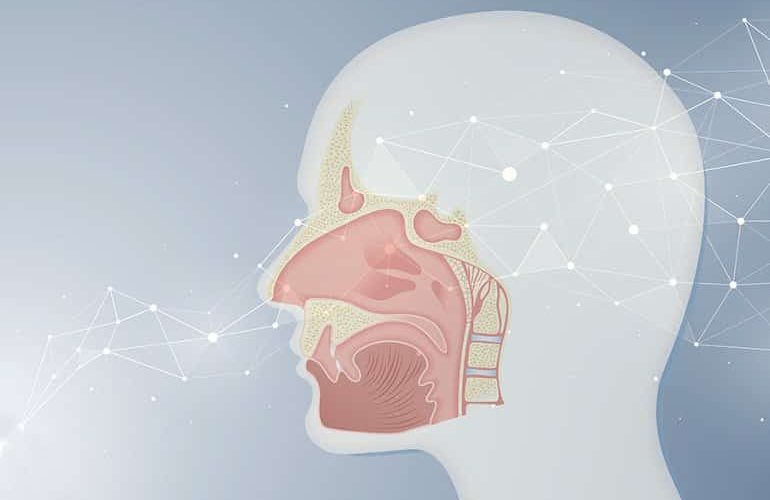Within minutes of training, a new machine-learning system can learn to smell
Neuroscientists who trained an artificial neural network to take on a simple odor classification task were surprised to see it replicate biology’s strategy so faithfully of animals like fruit flies they found that they use essentially the same strategy.
“The algorithm we use has no resemblance to the actual process of evolution”, says Guangyu Robert Yang, an associate investigator at MIT’s McGovern Institute for Brain Research, who led the work as a postdoc at Columbia University.
Yang and his collaborators say their artificial network will help researchers learn more about the brain’s olfactory circuits as reported in the journal Neuron. The work also helps demonstrate artificial neural networks’ relevance to neuroscience.
“By showing that we can match the architecture [of the biological system] very precisely, I think that gives more confidence that these neural networks can continue to be useful tools for modeling the brain”, says Yang, who is also an assistant professor in MIT’s departments of Brain and Cognitive Sciences and Electrical Engineering and Computer Science.
The fruit flies
Studies on fruit flies, the organism in which the brain’s olfactory circuitry has been best mapped, found that the smell begins in the antennae. Their sensory neurons, each equipped with odor receptors specialized to detect specific scents, transform the binding of odor molecules into electrical activity.
When an odor is identified, these neurons in the first layer of the olfactory network send a signal to the second layer, which is a group of neurons in the antennal lobe of the brain. Sensory neurons with the same receptor converge on the same second-layer neuron in the antennal lobe.
This layer of the network is referred to as a compression layer since it contains fewer neurons than the first. These second-layer neurons then send signals to a bigger group of third-layer neurons. Those links appear to be random, which is perplexing.
Wang, who is now a postdoc at Stanford University, claims differently structured networks could generate similar results, and neuroscientists still need to know whether artificial neural networks reflect the actual structure of biological circuits.
With comprehensive anatomical data about fruit fly olfactory circuits, he says, “We’re able to ask this question: Can artificial neural networks truly be used to study the brain?”.
Yang and Wang worked together with Columbia neuroscientists Richard Axel and Larry Abbott to create a network of artificial neurons with an input layer, compression layer, and expansion layer, similar to the olfactory system of the fruit fly. They gave it the same number of neurons as the fruit fly system, but no intrinsic structure: when the model learned to classify scents.
The Artificial Network
The researchers asked the network to categorize data representing various scents and properly recognize not just single odors but also mixes of them. Yang claims that the brain’s olfactory system is particularly skilled at this. He says that even if the aromas of two different apples are mixed together, the brain still perceives them like an apple. The brain, on the other hand, does not see a cat when two photos of cats are mixed pixel by pixel. This capacity is only one element of the brain’s odor-processing circuits, but Yang believes it represents the core of the system.
The artificial network used in the experiment organized itself in a matter of minutes. The resulting structure was strikingly comparable to that of the fruit fly brain. Each compression layer neuron received input from a certain type of input neuron and connected to many expansion layer neurons, apparently at random. Furthermore, each expansion layer neuron received connections from an average of six compression-layer neurons, just as it does in the fruit fly brain.
“It could have been one, it could have been 50. It could have been anywhere in between”, Yang says. “Biology finds six, and our network finds about six as well”. The artificial network discovered this organization by typical machine learning methods, while evolution did it through random mutation and natural selection.
Understanding and detecting odors could be useful in a variety of fields: medical for example, to detect diseases but if you are pessimistic this could be another weapon for an A.I. or robot to detect easily humans.
Source neurosciencenews.com
